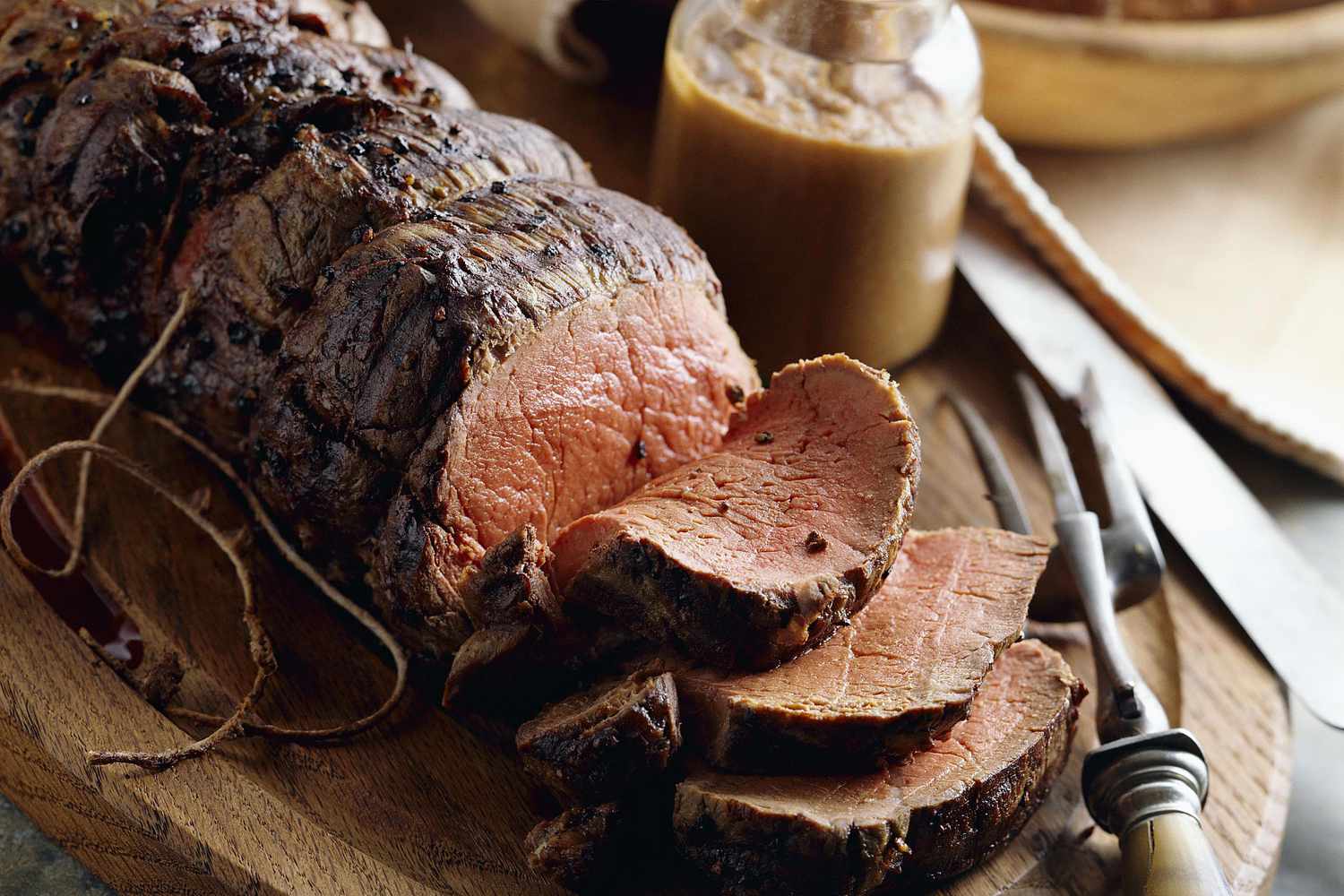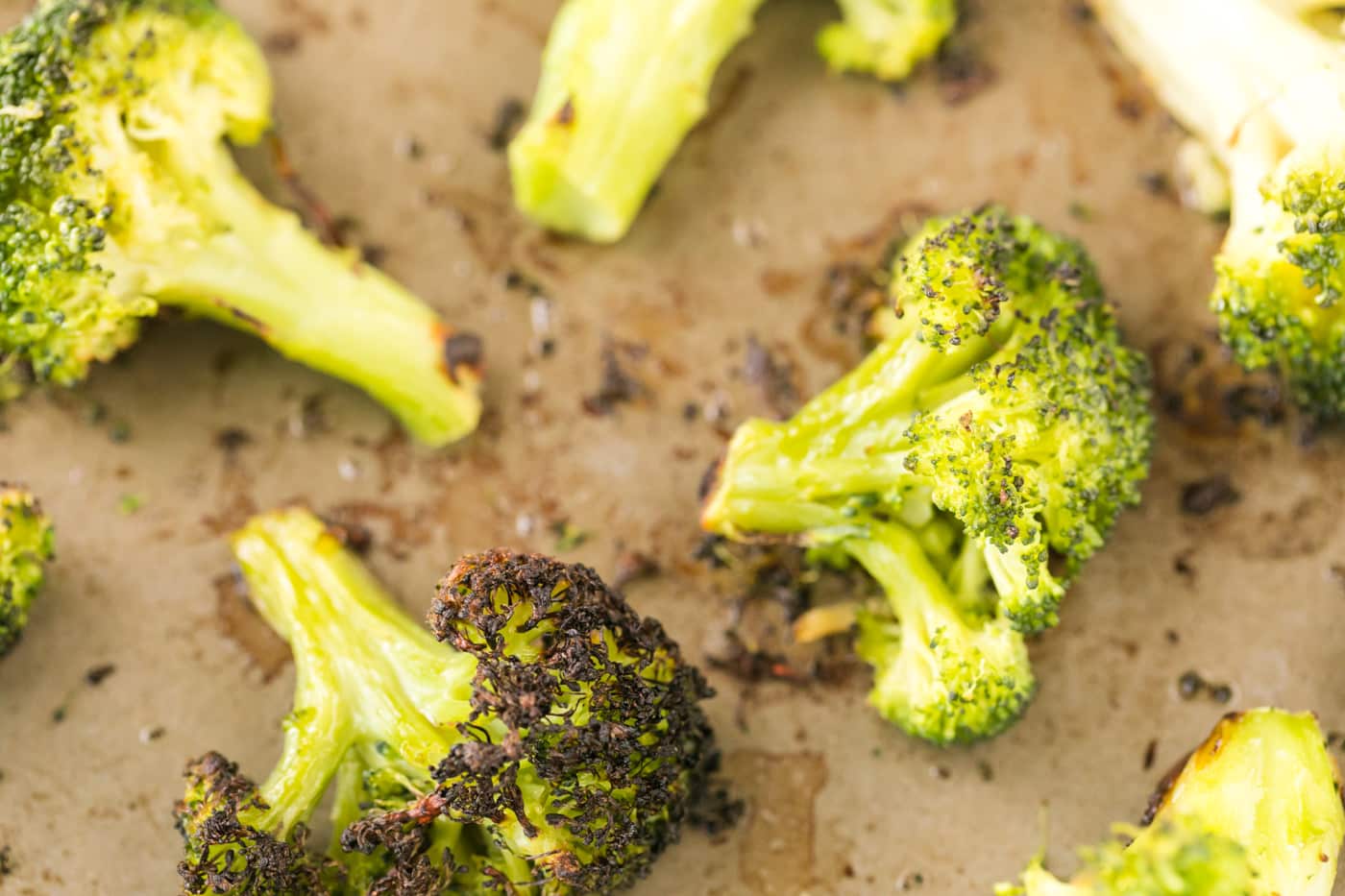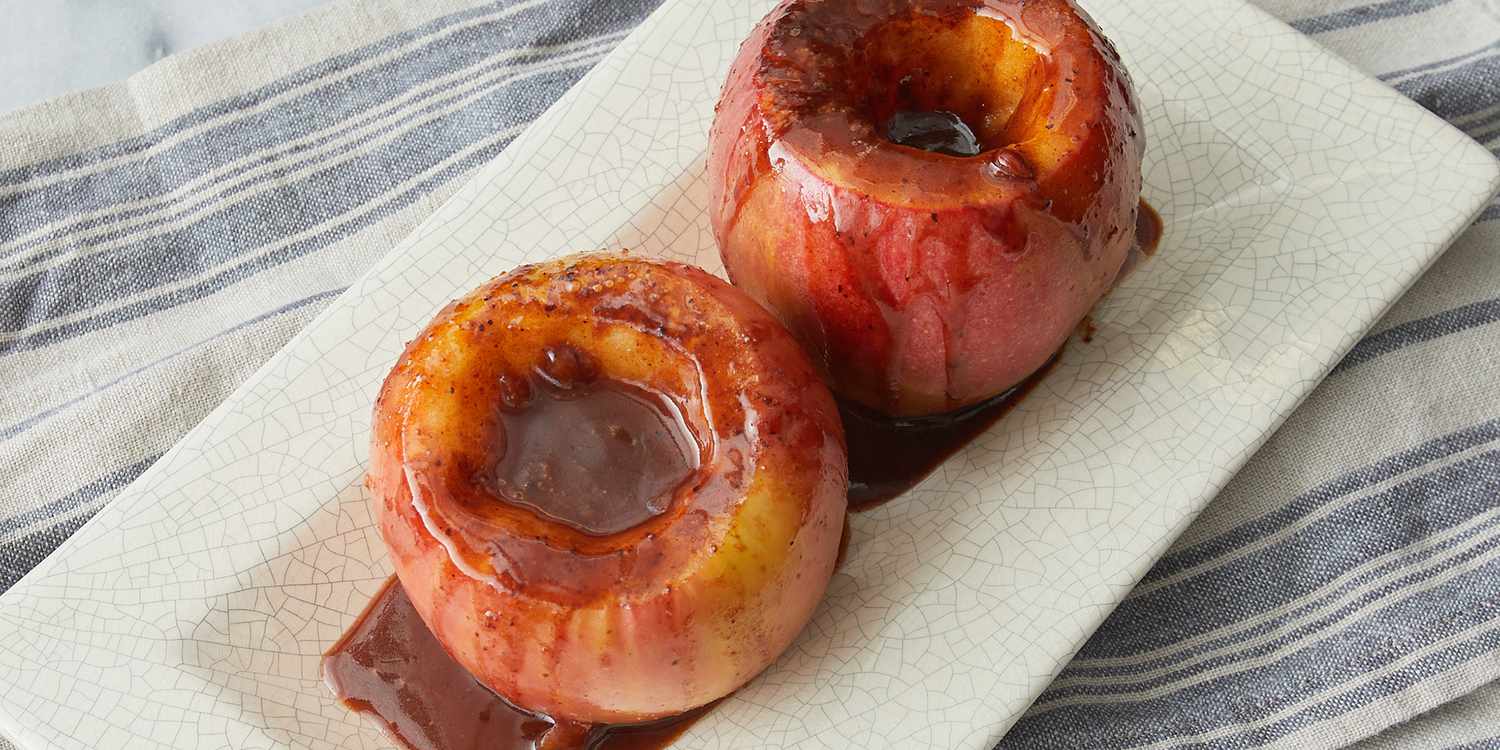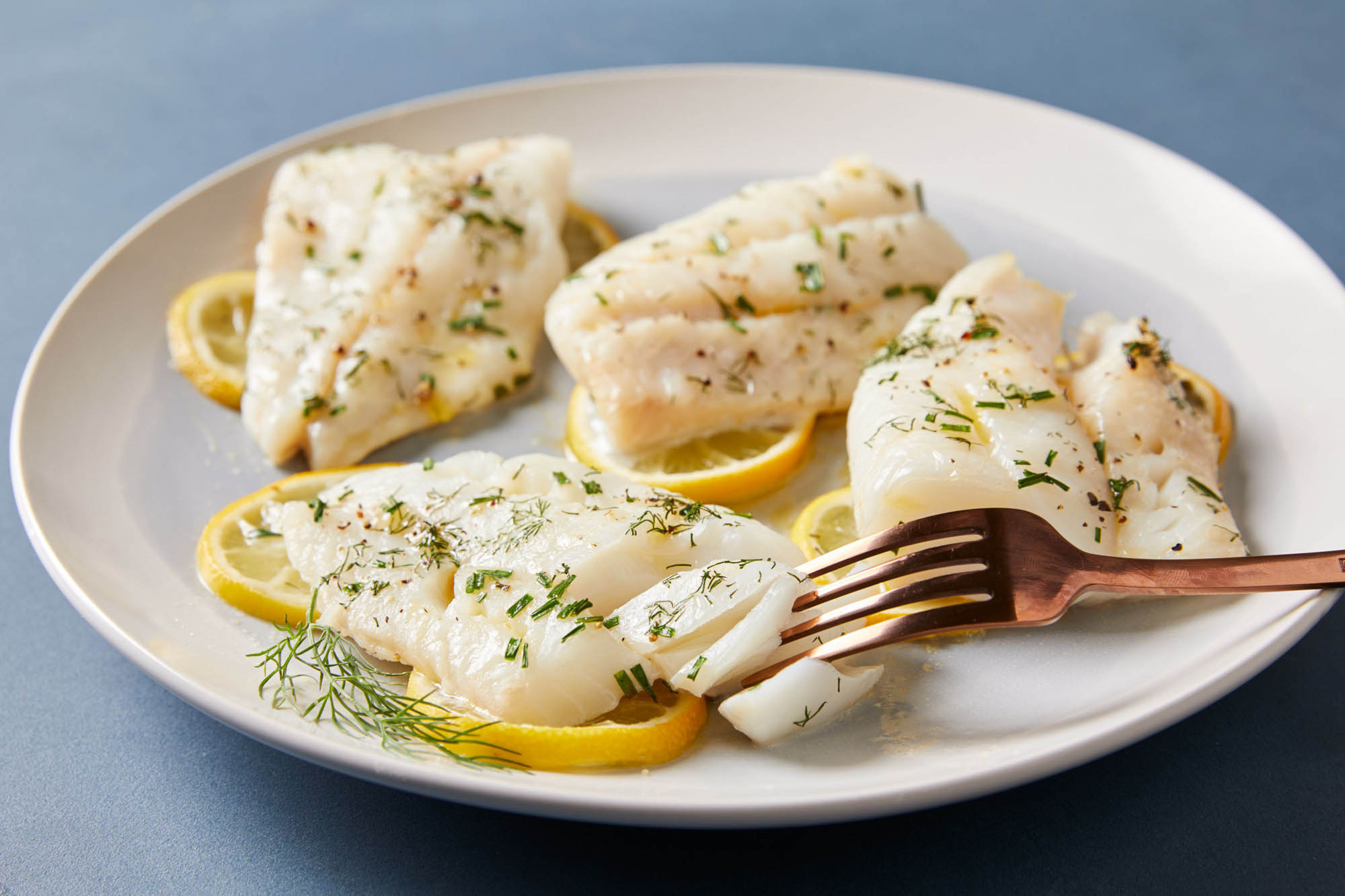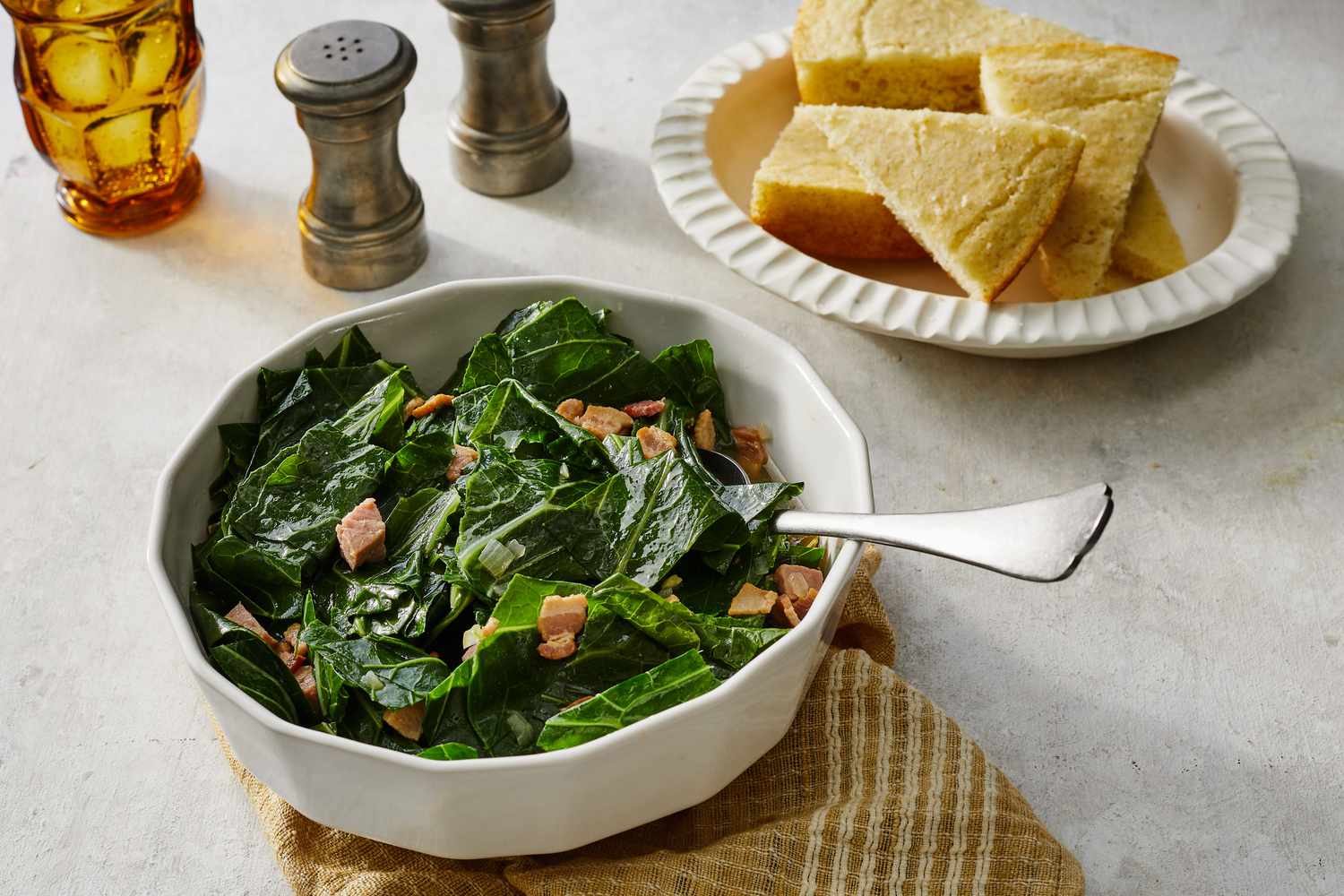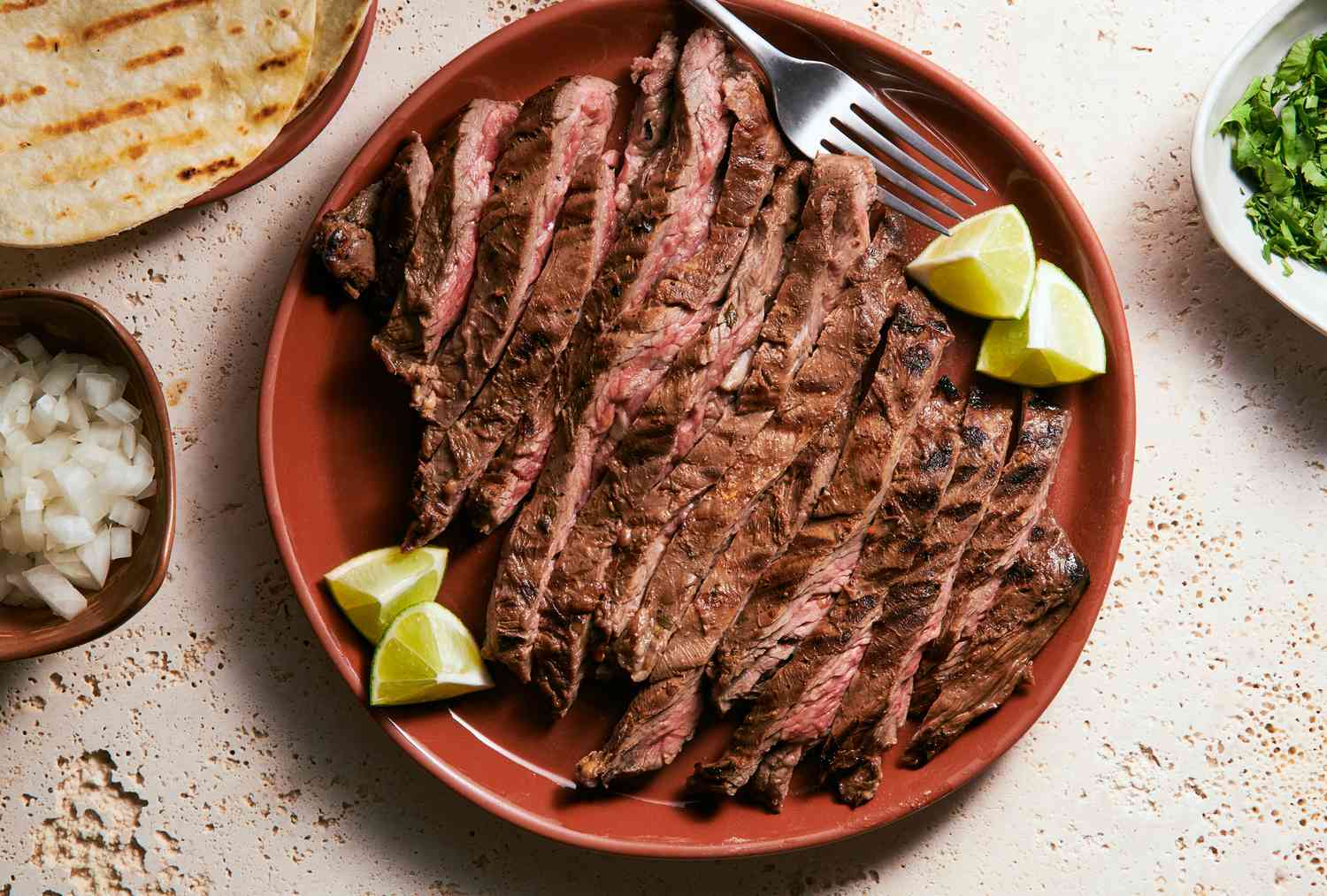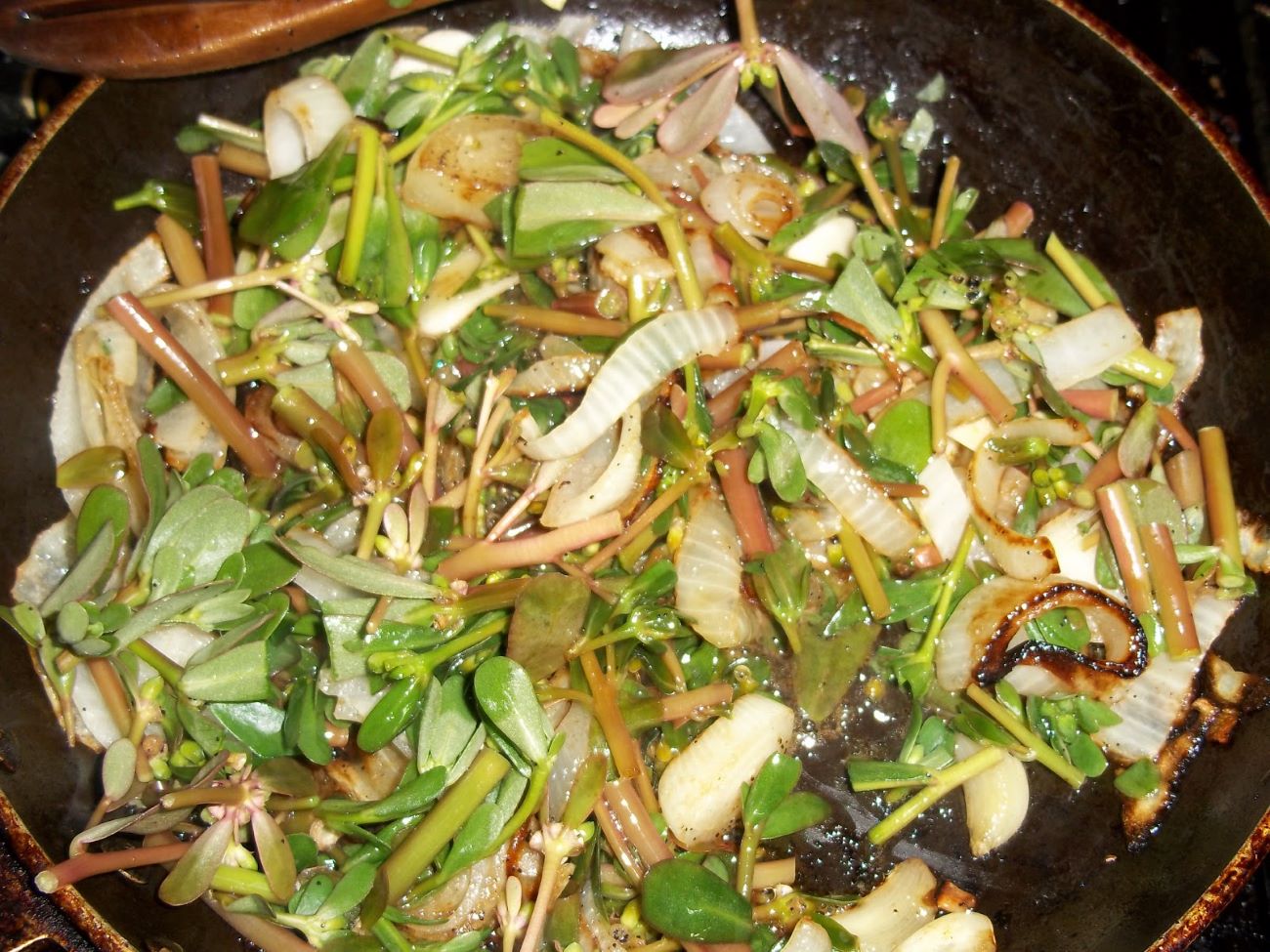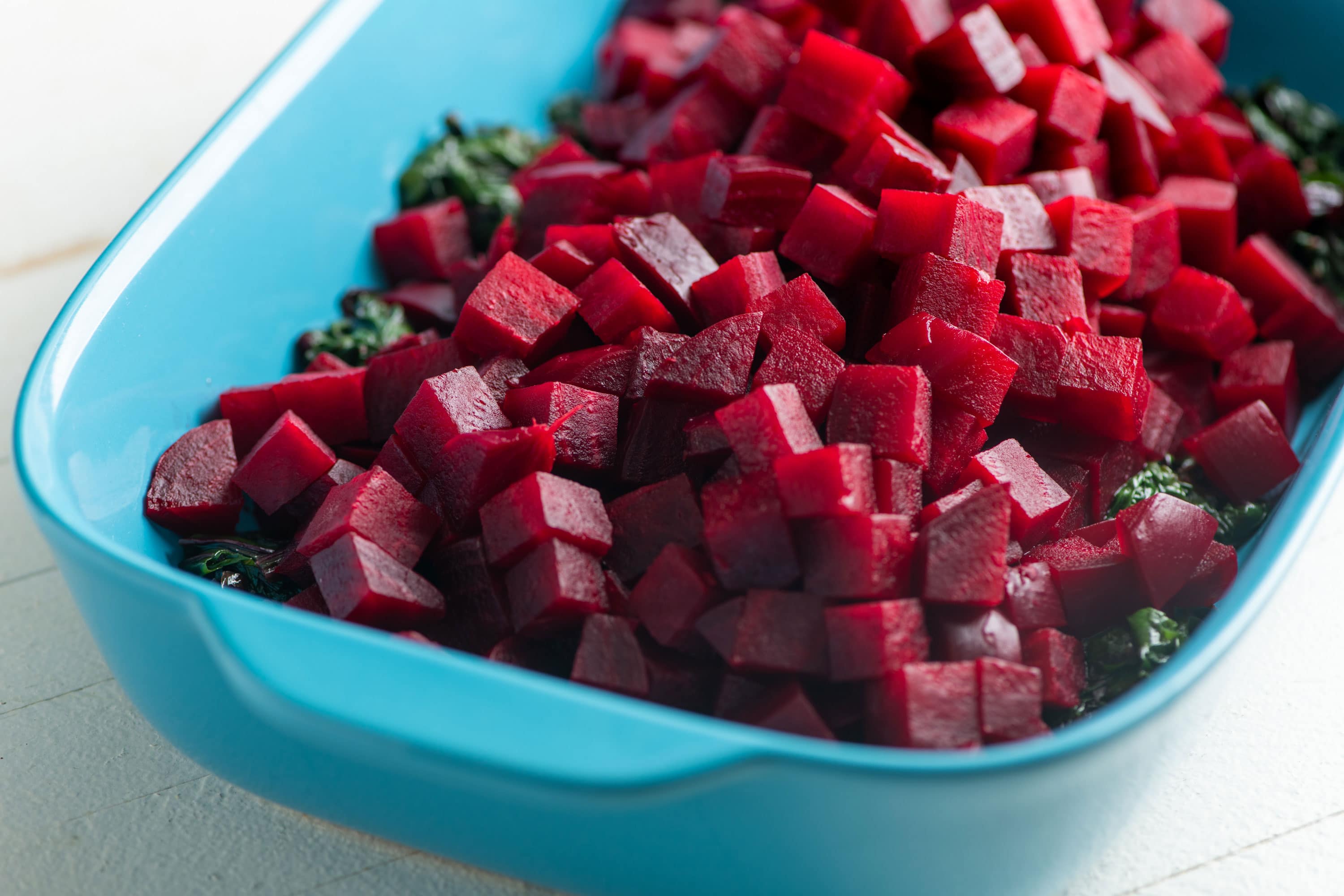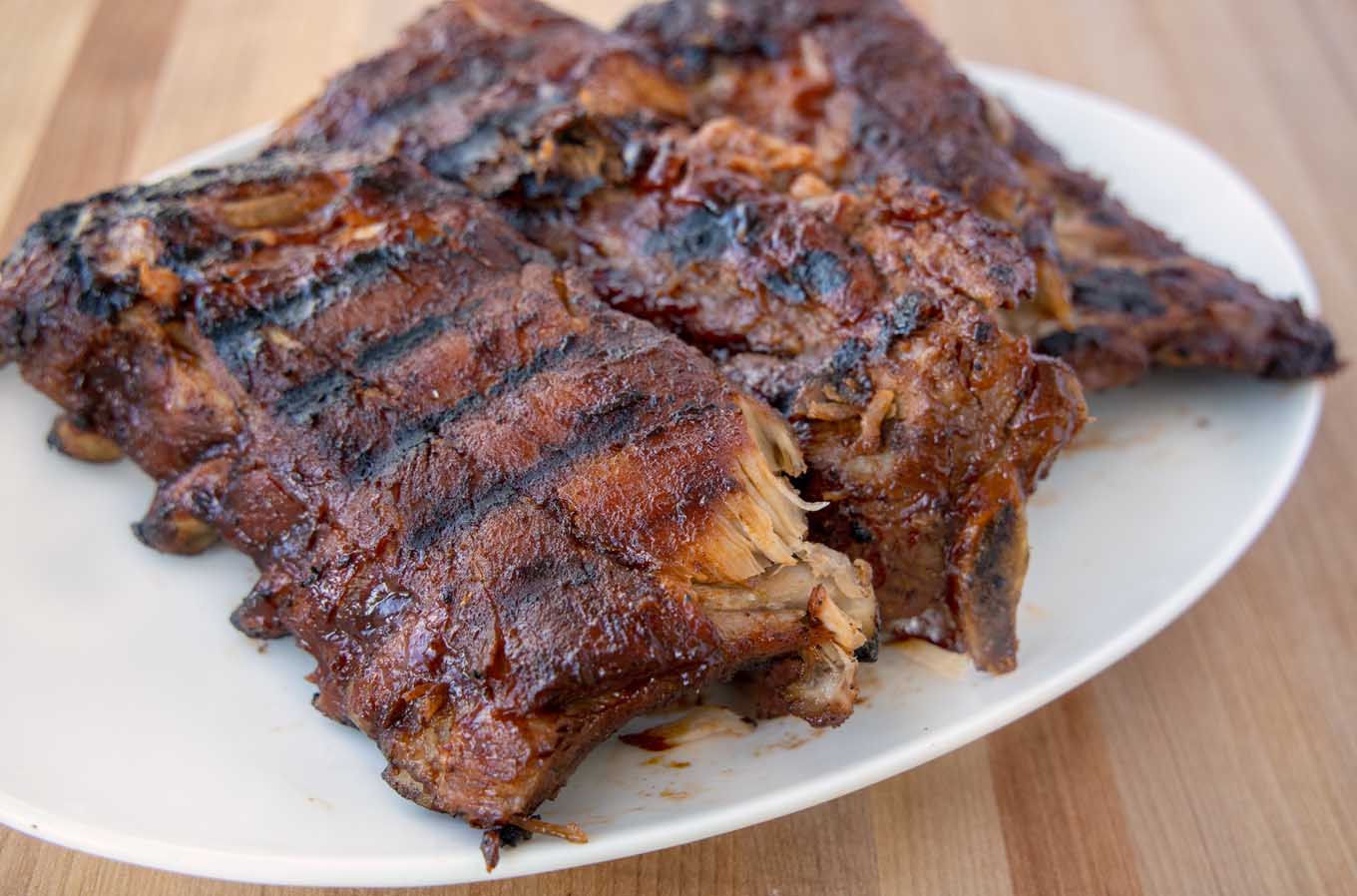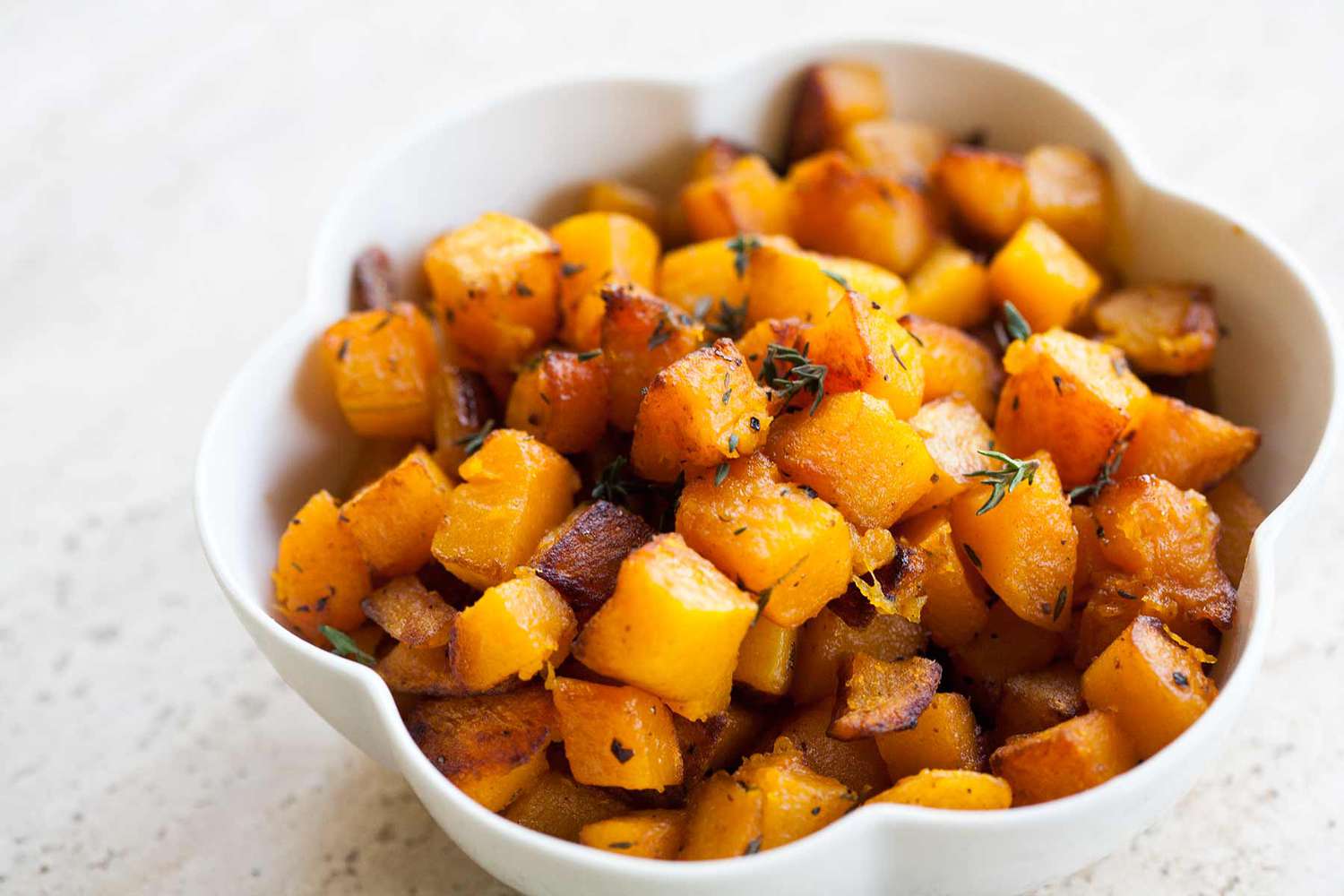How To Cook Asparagus: A Delicious and Nutritious Delight
Asparagus is a versatile and delicious vegetable that can be enjoyed in various dishes. Whether you’re a seasoned kitchen expert or a novice chef, cooking asparagus is a simple and delightful process that will leave your taste buds craving for more. In this article, we will guide you through the step-by-step process of preparing and cooking asparagus to perfection.
Choosing the Perfect Asparagus
The first step in cooking asparagus is selecting the perfect spears. Look for asparagus that is bright green with firm stalks and closed tips. Avoid any spears that are wilted, slimy, or have a strong odor. Thin or thick asparagus is a matter of personal preference; however, thinner spears tend to be more tender and cook faster.
Washing and Trimming
Before cooking, it is important to wash the asparagus thoroughly to remove any dirt or grit. Hold the asparagus spears under cold running water and gently rub them to remove any impurities. After washing, pat them dry with a clean kitchen towel or paper towel.
To trim the asparagus, you can either snap off the woody ends or use a sharp knife. Gently hold each spear towards the bottom and bend it until it naturally breaks. The tough end will separate from the tender part. Alternatively, you can line up the spears and cut off about an inch from the bottom.
Boiling Asparagus
One of the most popular methods of cooking asparagus is boiling. Fill a large pot with water and bring it to a boil. Add a pinch of salt to enhance the flavor. Carefully place the trimmed asparagus into the boiling water and let it cook for 3-5 minutes, or until it becomes bright green and tender.
After boiling, immediately transfer the asparagus to a bowl filled with ice water. This will stop the cooking process and help the spears retain their vibrant green color and crispness. Once cooled, drain the asparagus and pat them dry.
Roasting Asparagus
If you prefer a deliciously caramelized and slightly crispy texture, roasting asparagus is the way to go. Preheat your oven to 425°F (220°C). Place the trimmed asparagus spears on a baking sheet and drizzle them with olive oil. Add a sprinkle of salt, pepper, and any desired herbs or spices.
Roast the asparagus in the preheated oven for about 10-15 minutes, turning them halfway through, or until they are tender and slightly browned. The roasting process beautifully enhances the natural flavors of the asparagus while adding a hint of deliciousness.
Sautéing Asparagus
Sautéing asparagus is another fantastic way to bring out its natural flavors. Heat a tablespoon of olive oil or butter in a large skillet over medium heat. Once the oil is hot, add the trimmed asparagus spears and cook them for about 5-7 minutes, or until they are tender-crisp.
Add your favorite seasonings, such as garlic, lemon zest, or parmesan cheese, to elevate the taste of the sautéed asparagus. Furthermore, you can also toss in some cherry tomatoes or mushrooms for added deliciousness. Sautéed asparagus makes for a perfect side dish or a tasty addition to pasta and rice dishes.
Enjoying the Asparagus Delight
Now that you know how to cook asparagus using various methods, it’s time to indulge in this nutritious delight. Asparagus pairs well with a wide range of dishes, from grilled meats to creamy pasta. Get creative in the kitchen and experiment with different flavors to find your favorite way of enjoying this fantastic vegetable.
Remember, asparagus is not only incredibly delicious, but it also offers numerous health benefits. It’s packed with essential nutrients, such as vitamins A, C, and K, as well as folate and fiber, which contribute to a healthy diet.
So, next time you’re at the grocery store or farmer’s market, pick up a bunch of fresh asparagus and follow our guide to cook it to perfection. Your taste buds and body will thank you for this green, glorious treat!
Was this page helpful?
Read Next: How To Cook Sweet Potatoes
